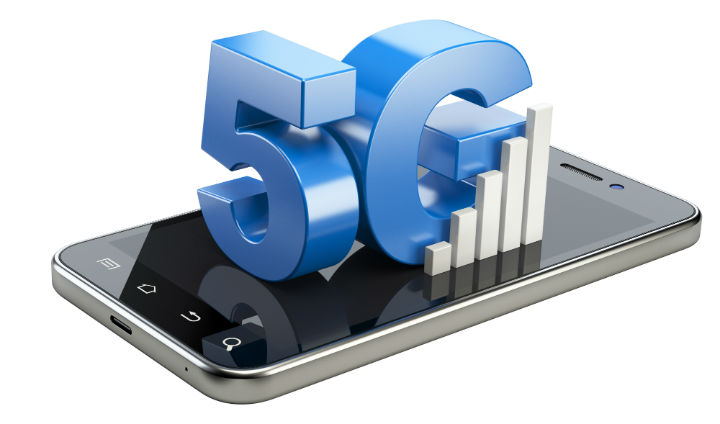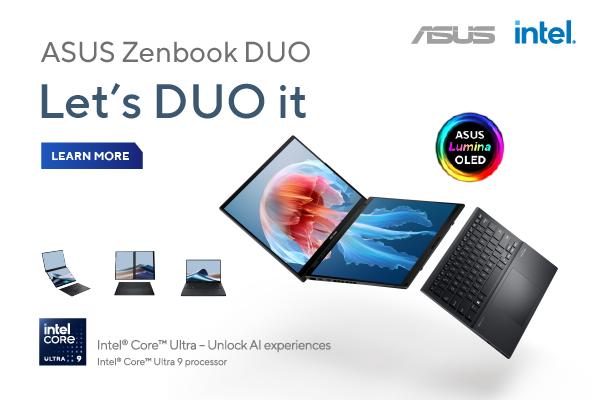Ericsson ConsumerLab has highlighted five ways 5G network will impact smartphone users across the world.
The report – Five Ways to a Better 5G – is the result of the largest global 5G consumer study to date. Covering consumer sentiment and perception in 26 markets – including the US, China, South Korea, and the UK – the Ericsson ConsumerLab study methodology is representative of 1.3 billion smartphone users globally, including 220 million 5G subscribers.
The five ways, according to the report are:
- Addressing the knowledge gap by educating and better marketing the value of 5G to consumers
- Ensuring consistent quality of indoor and outdoor 5G coverage
- Adapting to network requirements for new 5G services
- Focusing on consumer intent to envision new 5G use cases
- Accelerating the availability of existing and new use cases through ecosystem partnerships
Speaking on the report, Jasmeet Singh Sethi, Head of ConsumerLab, Ericsson Research, says: “So far, analyses of 5G network experiences have mostly focused on 5G speeds and availability based on independent network measurements. But it is equally important to understand how 5G early adopters perceive that experience. With Ericsson ConsumerLab’s five recommendations and insights, CSPs can encourage 5G adoption and meet consumer expectations.”
The report explores key trends behind the adoption, use and perception of consumers with and towards 5G. A key report finding reveals that even by the end of 2020, increased awareness of service and value benefits could have resulted in 22 percent more smartphone users with 5G-ready handsets upgrading to 5G subscriptions.
The report also highlights how 5G is already beginning to trigger new user behaviors. In addition to reducing Wi-Fi use, early adopter 5G users also spend an average of two hours more on cloud gaming and one hour more on augmented reality (AR) apps per week compared to 4G users.
However, while 5G users are satisfied with the speed, about 70 percent are dissatisfied with the availability of innovative services and new apps. Consumers say they are willing to pay 20 to 30 percent more for 5G plans bundled with digital service use cases.




